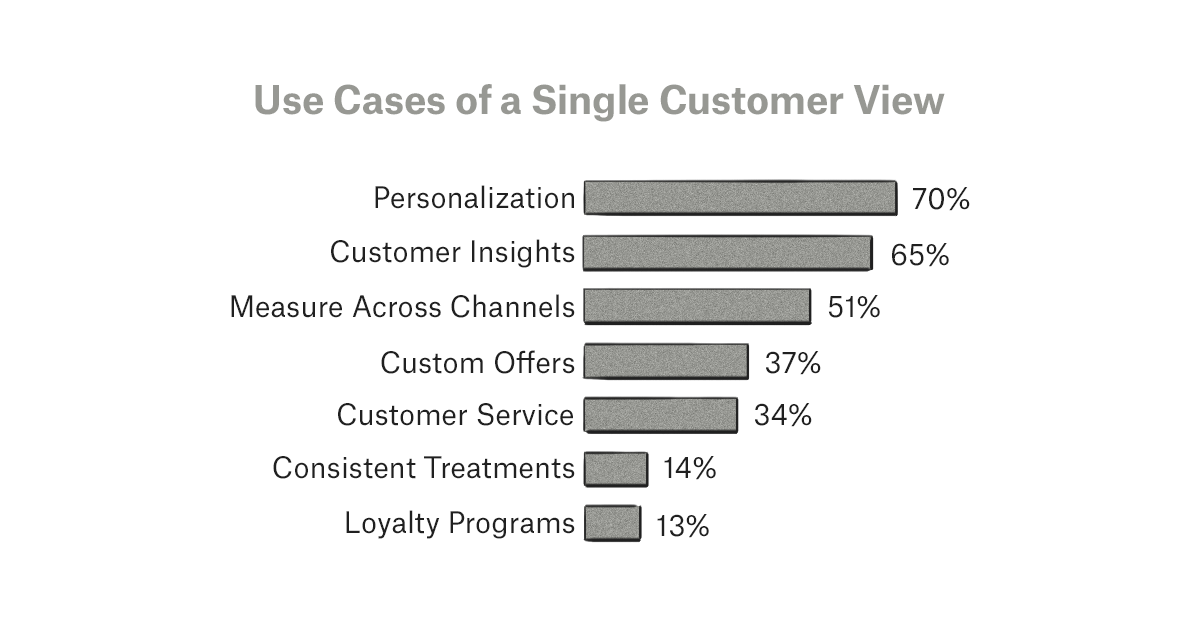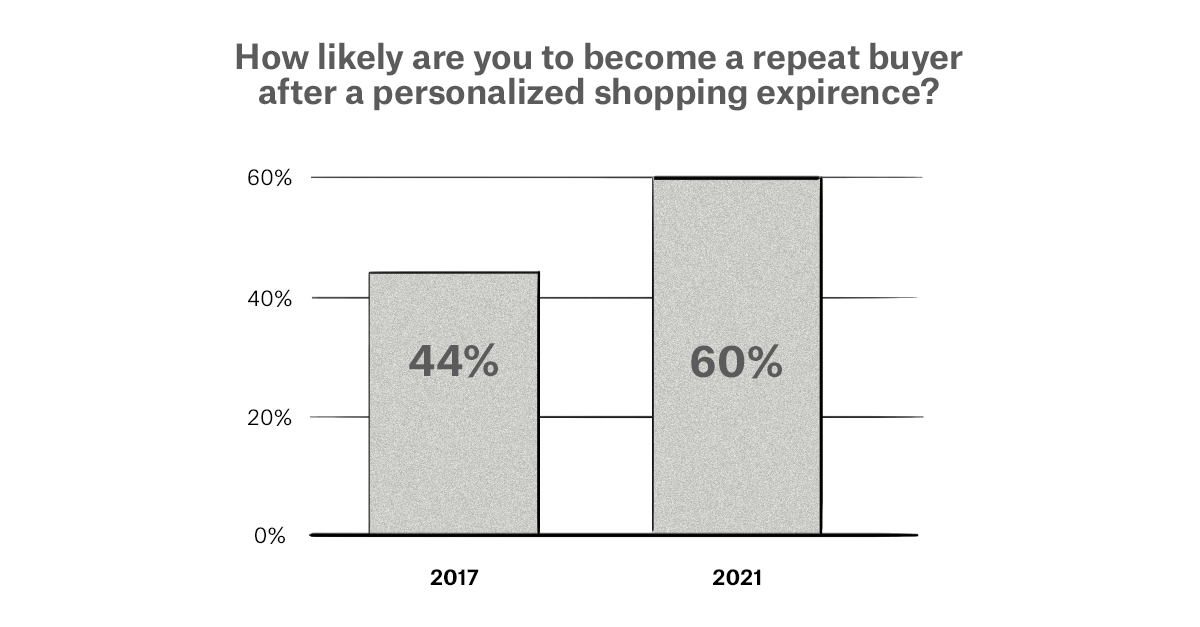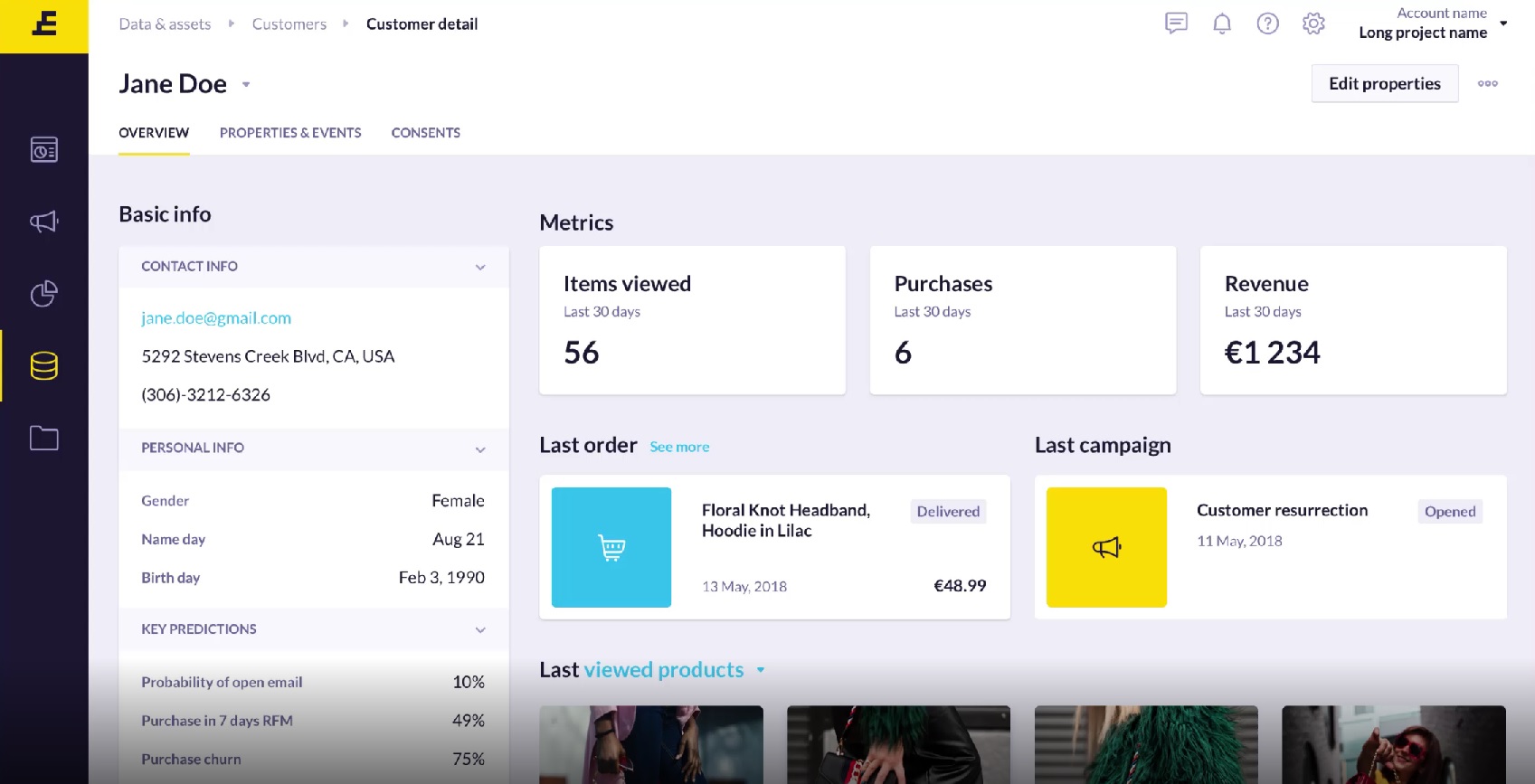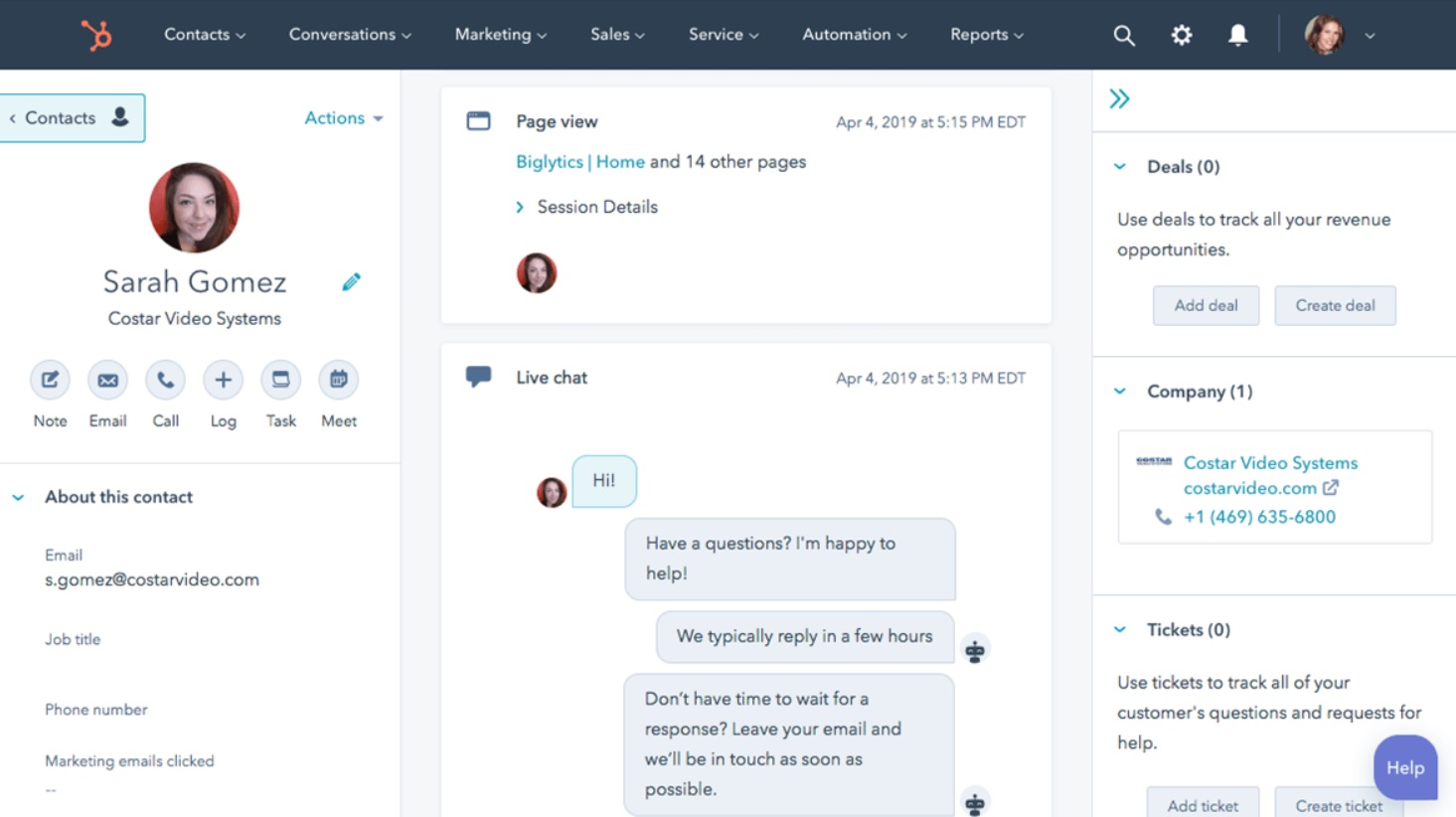Personalization, analysis, customer experience, user retention and upselling are the key pillars to a successful business in the digital world, but the recent privacy changes have made it harder for companies to collect and utilize data to power these activities.
Despite these privacy and data challenges, businesses can still carry out these processes by collecting first-party data via data platforms like customer data platforms (CDPs).
But collecting this data alone isn’t going to solve these challenges — they need to create a unified view of each customer and user.
This is where a single customer view (SCV) comes in.
Key Points About Single Customer Views
- A single customer view (SCV) represents aggregated data stored and processed by an organization about its customers. To present this data on a singular page, a company has to create an SCV from all relevant data sources, such as websites and mobile apps, CRM, e-commerce transactions, etc.
- The main benefits of a single customer view are boosting sales and customer support, unifying information about the customer, data deduplication and actualization, and running a business based on data and not hunches.
- The most significant obstacles during SCV creation are siloed data sources, incorrect, outdated, and duplicated information about the customers, and privacy concerns.
- To introduce SCV to your company, you can use predefined products from Piwik PRO, Exponea, HubSpot, and other companies, or build a custom customer data platform with Clearcode.
What Is a Single Customer View (SCV)?
A single customer view (also known as a 360 customer view and unified customer view) is a centralized record containing all the available information about each customer you do business with. Usually, a single customer view is organized as a customer’s profile in a customer data platform (CDP) or a customer relationship management (CRM) system.
SCVs collect various pieces of data, with the main ones being:
- Contact information
- User and device IDs
- Device-related information (type, system, browser)
- Transaction history
- Finance information
You can utilize this data both in real-time and as a historical reference.
How Does a Single Customer View Work?
Creating an SCV is not an easy task. It requires you to collect data from all your channels and systems into one data source and present it in real-time. The places where you would collect this data can include your website, mobile apps, e-commerce systems, social media accounts, live chat tools, etc.
The next step is to clean the data, transform it into a proper format, and store it in a central system. To ensure the data is secure, you should also implement user access controls for your team members.

Why Is a Single Customer View Important For Organizations?
Organizations that understand their customers can increase engagement and loyalty, and having loyal clients leads to more sales. An SCV supports the process of understanding the customer, but only under certain circumstances.
First, the collected data has to be fresh. Customer behavior changes over time, so companies should update their knowledge of their customers’ needs. For this reason, the SCVs should be constantly updated with new information.
Second, the company has to deduplicate data. Data deduplication is a significant problem from a marketing point of view. Duplicate user profiles mean that companies waste time on maintaining SCVs that already exist and may lead to drawing the wrong conclusions.
Third, the data cannot be fragmented. By combining knowledge about the customer and eliminating duplicate accounts, the company will get a clear picture of who the customer is and what they need.
By meeting these criteria, organizations can increase their chances of adapting to their clients’ needs.
Use Cases of a Single Customer View
Depending on your company’s needs, you can use SCVs in many ways — from general sales analysis and marketing to more granular actions.
Below are the most popular use cases of a SCV.
Content personalization: A SCV allows you to personalize communication sent to your clients. You can prepare emails with their name and other personalized information and communicate with them through their preferred communication channels.
Cross & upsell campaigns: A SCV can help your marketing team encourage customers to buy more products and services via personalized marketing campaigns by analyzing their transaction history and other interactions they’ve had with your company. For example, consumer goods companies can recommend additional products from the same product line (upselling) and products from other product lines (cross-selling).
Retention campaigns: There are many ways an SCV can help retain customers and users. For example, companies can ensure that their customers’ issues are resolved properly and quickly by allowing different departments to see all relevant information needed to resolve issues, and by promoting other products and services to help strengthen the relationship a customer has with a company.

The Benefits of a Single Customer View
SCVs not only provide organizations with advantages but also offer benefits for customers.
Let’s take a look at the benefits for both entities.
Benefits For Organizations
- Boosting customer support – When your customers call your company, your representatives can quickly identify their problem as they’ll have all the information about transactions, previous communications, actions on your website or mobile application, etc., in one place. Moreover, if the client is handed over to another department, they won’t need to re-explain why they are calling because the notes about the issue will be visible in their profile.
- Boosting sales – Your sales department can better understand your clients’ needs by checking their purchase history. Fitting communication at the right time at every stage in the customer journey makes your clients more likely to stay loyal and increase their lifetime value (LTV).
- Having employees on the same page – Having SCVs allows all employees from different departments, e.g. marketing, sales, customer support, finance etc., to view the same data about your customers. Additionally, your employees will feel less overwhelmed and frustrated by the lack of context when working with your clients.
- Getting rid of siloed or duplicated data – A single source of accurate and up-to-date information means a greater ability to focus on what’s important. By unifying data to one format, organizations get a chance to be more efficient.
- Making information-driven decisions – Your managers will take actions based on data, not hunches. For example, they can create dynamic behavior-based segments. By classifying clients, it is easier to apply accurate decisions in minutes and measure KPIs. Also, they can conduct customer journey analysis and eliminate bottlenecks in their business.
- Upgrading analytics – Depending on your goals, you can check your company’s performance in different business areas. Granular information from SCVs can be exported and viewed on dashboards and reports. By conducting a deeper analysis, you can identify key customer segments, the most significant sales sources, and bottlenecks.
Benefits For Customers
- Receiving personalized offers – McKinsey’s research shows that 80% of buyers appreciate personalization. An SCV helps extract information about what each customer likes and create corresponding offers.
- Having higher satisfaction after contact with the company – Your customer support teams can quickly solve your customers’ problems as they have all the information in front of their eyes with just a few clicks.

Obstacles In Creating a Single Customer View
Let’s get back to the question of how to create an SCV. What kind of drawbacks can you expect on the road to reaping the full potential of a unified customer view?
Below we list the four main obstacles you may face.
Separate data sources (data silos)
Because each company has different departments, there are many data sources across the company. The financial team has information about customers’ invoices in their financial software, the marketing department has information about customers’ web visits, the support team has information about customers’ tickets, etc.
With this situation, nobody can see the big picture of the customer’s journey.
Incorrect information
Contact information can become outdated if it isn’t updated regularly. Records that are spread across the organization and not unified to a single source are significant obstacles when creating an SCV.
Privacy
Each time you want to process information about your customer, you need to be sure that they allow your organization to do that. If consents aren’t collected, then you are at risk of violating regulations such as the GDPR.
3 Single Customer View Examples
The best way to talk about something is to show it, so we’ve gathered three examples of SCV.
Take a look at the single customer views built by Piwik PRO, HubSpot, and Exponea.
Piwik PRO

Piwik PRO is a Poland-based company and privacy-friendly alternative to Google Analytics that offers an analytics suite consisting of an analytics platform, tag manager, consent management platform, and customer data platform.
Founded: 2013
Headquarters: Wrocław, Poland
Exponea

Exponea created a customer data platform that includes a single customer view. Their CDP provides users with analytics tools, personalization tools, email marketing tools, and an omnichannel campaign creator.
Founded: 2015
Headquarters: London, Great Britain
HubSpot

HubSpot provides a comprehensive CRM platform that includes a single customer view. Users can use marketing, sales, service, and website management products in order to grow their businesses.
Founded: 2006
Headquarters: Cambridge, Massachusetts
The post What Is a Single Customer View (SCV)? appeared first on Clearcode.
The original post is at MarTech Archives – Clearcode




Leave a Reply